"We study the information-gathering role of a startup accelerator and consider the accelerator's incentives to choose a portfolio size and disclose information about participating ventures. We show that in a rational-expectations equilibrium, the resultant portfolio size is smaller than the first-best (efficient) level, consistent with some real-world observations. We further show that when some signals are uninformative and the portfolio consists of mostly high-quality ventures, the accelerator may choose to disclose only positive signals (and conceal negative signals) about its portfolio firms - a strategy we refer to as partial disclosure. Moreover, coupled with pursuing this strategy of partial disclosure, we demonstrate that the accelerator may possess incentives to exit its portfolio firms early."
"The authors set out to document, understand and disseminate good practices in policies for social enterprises, and ultimately to contribute to the development of the sector in Latin America and globally. The book introduces a model of how to position the issue on the public agenda in a way that responds to the most urgent social needs of the country and the sector, building on existing local policies as well as those from other countries, and involving stakeholders in permanent dialogue. The Road to Travel, aimed at public policymakers and key sector players, includes 34 cases of best practices in public policy and a strategy to move faster to address our most intractable problems through a new economy."
"The Poverty Probability Index (PPI) is a comprehensive, contextually-sensitive poverty measurement tool to characterize households' asset ownership and probability of living below the poverty line. The PPI questionnaires are available for individual countries and are continuously updated."
"The Poverty Stoplight is a poverty measurement tool that seeks to activate the potential of families and communities to lift themselves out of poverty. Using a technology platform, it offers a self-assessment survey and intervention model that enables people to develop practical solutions to overcome their specific needs."
"This note provides a popular overview of why and how GIF forecasts and measures impact. GIF’s unique Practical Impact methodology is central to the way GIF pursues its mission. We hope this introduction to Practical Impact will help donors, investees, and the public to better understand how we work. We hope also that other development financiers and impact investors may be interested in learning how GIF has addressed the challenge of investing for impact in innovations."
"Most impact investors see their primary goal as finding and investing in enterprises that yield strong financial and social returns-a goal we share and support. But we worry this singular focus may miss the forest for the trees. In this discussion paper, we argue for a shift in focus-toward the goal of scaling entire industry sectors, in addition to individual firms."
"Micro, small and medium private and social enterprises (hereafter referred to as 'enterprise') are emerging as important players in enabling or delivering sustainable water, sanitation and hygiene (WASH) services. This area is highly dynamic, thus pointing to a need for recent consolidated evidence about the effectiveness, sustainability and quality of services provided by such enterprises. A synthesis of literature on small-scale sanitation entrepreneurs was conducted in 2008, and at that time reported that the "quality research was relatively scarce, and few good case studies were found" (Valfrey-Visser and Schaub-Jones 2008, p.4). This paper reviews literature over the five years since 2008, once again taking stock and examining the nature and quality of the evidence for private enterprise engagement across both sanitation and water sub-sectors. In particular, we review of the evidence concerning if and how poor households and communities are being supported."
"Organizational sponsorship mediates the relationship between new organizations and their environments by creating a resource-munificent context intended to increase survival rates among those new organizations. Existing theories are prone to treat such resource munificence as the inverse of resource dependence, indicating that the application of new resources in an entrepreneurial context should always benefit new firms. These existing theories, however, often overlook heterogeneity in both types of applied resources as well as founding environmental conditions. By attending to these nuances, we reveal that resource munificence is not necessarily predictive of organizational survival. We find that resource munificence related to sponsorship can potentially decrease or increase survival rates among new organizations and that these effects are contingent on fit of resource type with its respective geographic-based founding density. These findings confirm the need for a more-nuanced theory of sponsorship that attends to the mechanisms and conditions by which resource munificence is likely to alter new organization survival rates."
This overview document details the five dimensions of impact that are outlined by the Impact Management Project (IMP), the type of data needed to measure and manage impact, and two example cases of applying the IMP principles.
"With more than a quarter of the Philippines' 100 million-strong population living below the poverty line, efforts to tackle poverty and improve living, working and health conditions must be stepped up if the populous Southeast Asian nation is to achieve its Sustainable Development Goal (SDG) commitments by 2030.
This publication aims to demonstrate how Inclusive Business can be engaged in the Philippines to contribute to achieving national development priorities and the SDGs -and how governments and other stakeholders can create an environment in which such business models thrive and reach scale."
